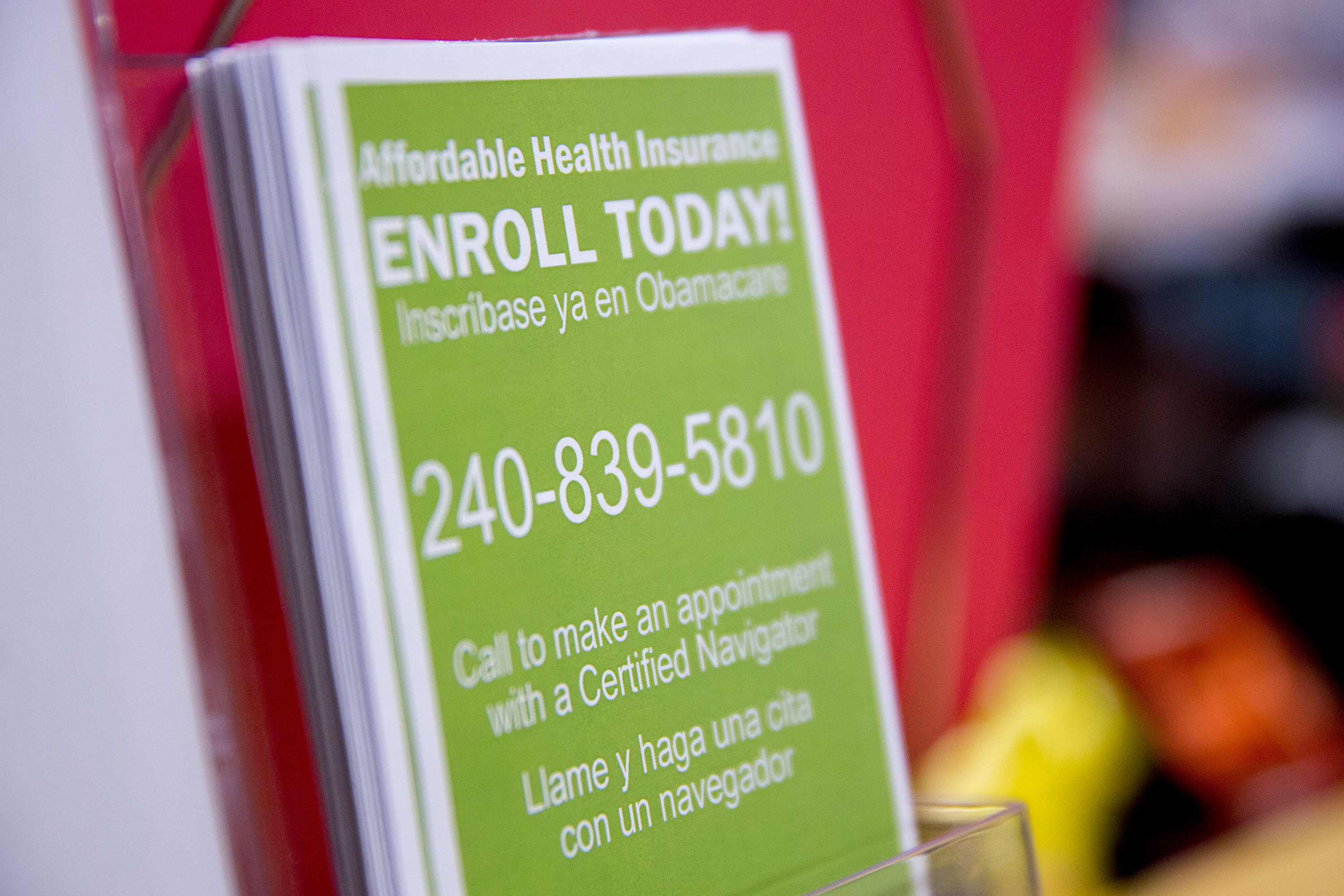Open enrollment for health insurance plans runs from Nov. 1, 2016 to Jan. 31, 2017. Dr. Victor Villagra, associate director of UConn’s Health Disparities Institute, offers the latest information on Connecticut’s health insurance exchange marketplace.
What is the state of our health exchange marketplace?
Health insurance exchanges across the country are facing challenges because large insurance companies like Aetna and UnitedHealthcare are pulling out, reducing the number of choices. Premium costs are also a major concern. Thanks to the Affordable Care Act (ACA), nine out of 10 individuals in Connecticut now have health insurance, with more than 100,000 enrolled in commercial plans (called Qualified Health Plans) and many more in Medicaid. Through the exchange, many people can get premium subsidies. The state is in its fourth year of offering state-based health insurance coverage plans through its exchange, Access Health CT. It makes health care and coverage more accessible and affordable for our state’s lower-income and uninsured residents.
What’s new for 2017 for the exchange?
During open enrollment, qualifying residents can purchase an insurance plan, and current participants can change their plan to better fit their medical needs or budget. This year, the landscape is limited, with some participating companies dropping out, forcing people to choose new plans. Also, our state recently lowered the income-level eligibility for adult Medicaid coverage, which could leave thousands without insurance and seeking coverage under the exchange. As a result, doctors’ offices may have to deal with some of their Medicaid patients now lacking insurance.
How can we better navigate health insurance complexities?
Among the most common question physicians and their staff receive is: “Will my insurance plan pay for this?” Health insurance literacy is generally low and a big problem for patients, especially when it comes to calculating their out-of-pocket costs. This is especially difficult for those with limited English language proficiency and the newly insured. Even though they now have health insurance coverage, patients don’t always know how to use it. Complicated terminology and rules about what is and is not covered are challenging for the majority of people to understand, even medical professionals.
Doctors, and especially their office staff, need to familiarize themselves as much as possible with the jargon and each insurance plan’s elements, so they don’t prescribe something that is not covered by their patient’s plan. It is important for office staff to remain up to date on the latest insurance data to answer patient questions and confirm coverage with the insurance company. Doctors’ offices want to avoid, at all costs, a patient being hit with a large, non-covered medical bill, because it could not only harm the patient-doctor relationship, but also be financially injurious, leading to the patient’s non-payment. For example, last year more than 12,000 medical providers had to go to small claims court to try to collect payments from their patients. With more health insurance plans having high deductibles, bill collection is becoming even more challenging for physicians’ offices. Health care is the leading cause of personal bankruptcy.
This article was first published in UConn Health Journal.



